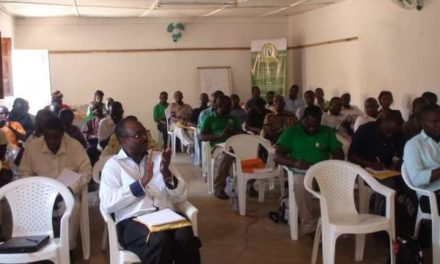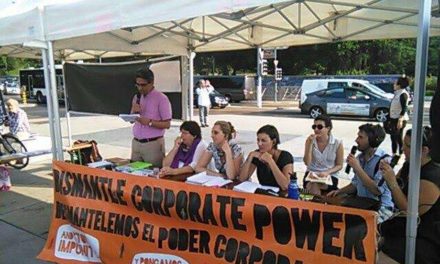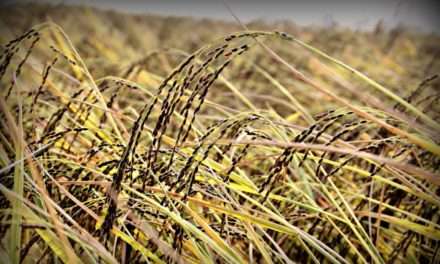The WTO’s draft modalities on agriculture, released by New Zealand’s Ambassador Crawford Falconer will allow the US and EU to go scot-free where it comes to domestic supports. According to Focus on the Global South, this is worrying since these domestic supports are today’s new form of hidden export subsidies.
The Falconer text calls on the US to bind its overall trade distorting domestic support at between 13 – 16.4 billion (the exact figure to be negotiated). In 2006, overall trade distorting support the US provided amounted to 10.8 billion. Given high world prices, the figure may even be smaller in 2007 – between 6 to 10 billion. If these modalities are adopted, no cuts are needed on the part of the US. The same holds true for the EU, which escapes unscathed, because it is shifting its supports to the undisciplined Green Box.
US domestic supports, particularly those concentrated in key commodity programmes, are unlikely to be touched (except for cotton) if the wording in the current draft prevails. These commodities include wheat, soya, corn and rice. These are staple crops in developing countries which have suffered from US dumping. US subsidises rice producers to the tune of 1.3 bn for rice that costs 1.4 billion to grow. Both US and EU poultry have wiped out local producers in West Africa, but these will continue to be grossly subsidized if these modalities are adopted. Dumping in the developing world will therefore not be curtailed. The text allows the US extra special treatment by providing it with a base period reference point (1995-2004) which include the years where US supports were some of the highest.
The bulk of domestic supports for the US and EU are being shifted to the infamous ‘Green Box’. Again, the draft is disappointing in that the disciplines suggested by the G20 – placing limits on Green Box provision so that they are channeled only to low-income farmers- have not been incorporated. For the EU, the Green Box is its new export subsidy pillar. EU is lowering its internal prices so that it can export competitively on the world market. Yet its producers receive a direct payment in order to compensate them for higher production costs.
According to Aileen Kwa of Focus on the Global South, “The Green Box is the primary instrument through which US and EU subsidies are now being provided. It is trade distorting by its sheer quantity. Yet the text falls short on rudimentary disciplines… If these modalities are accepted, millions of poor subsistence developing country farmers will be displaced. Green Box payments will be the new export subsidies of the post-Doha era.”
Even as developed countries are allowed to maintain their current levels of domestic supports, the cuts will affect certain developing countries –eg Indonesia, Thailand, India, Mexico. Developing countries in the past have tended to support agriculture only minimally, and this has contributed to the growing income disparity between the urban and rural sectors. These countries are now asked to reduce their price based agricultural supports by up to 50—60 percent.
Canadian Ambassador Donald Stephenson’s text on industrial products proposing that developing countries bring down their tariffs to a maximum of 19 – 23 percent (and 28.5 for a group of “paragraph 6” countries) will not help the majority of developing countries struggling to move up the industrialization ladder. Developing countries in fact will reduce their tariffs by a larger percentage than what Stephson has asked the developed countries to do.
Whilst promising development, the texts proposed will paralyse developing countries’ industries, and consign their farmers to further poverty. Developing country governments must resist these desperate efforts to save an unequal international trading system.
Contacts; Aileen Kwa +41 79 625 8536; Walden Bello +662 2187363/4/5
July 18, 2007









